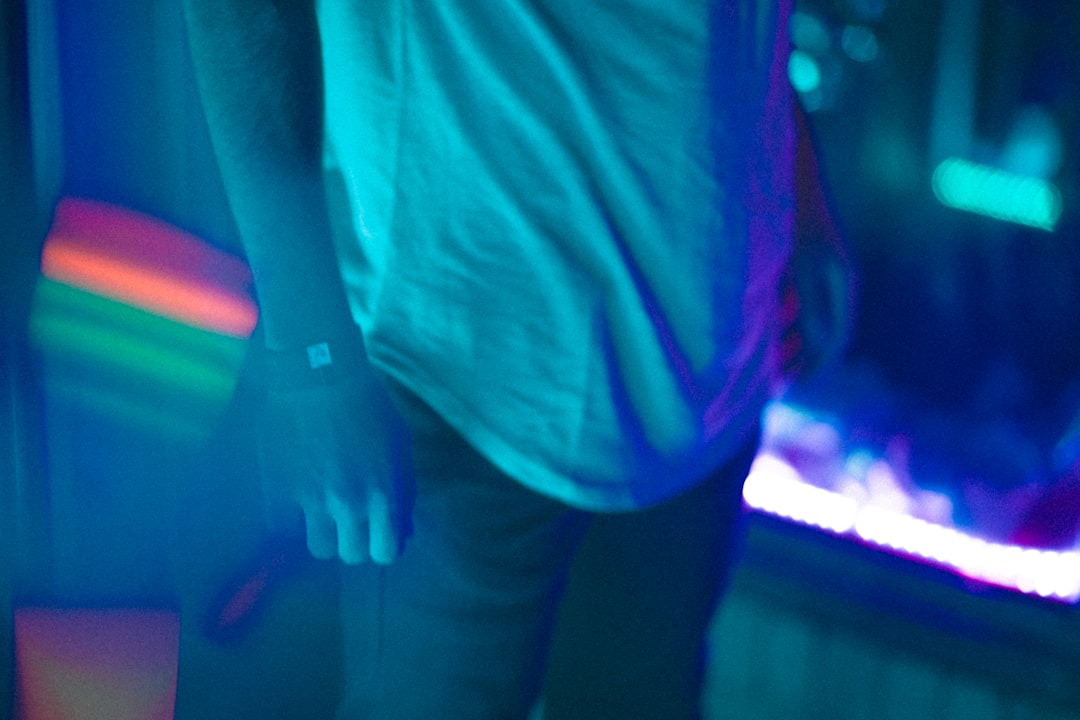The Ultimate Guide to Perfect Lighting for Your Photos and Videos
Ring light is a popular lighting equipment used by content creators, photographers, and influencers today. It provides even and bright illumination, which enhances the quality of the images and videos produced. The ring light has been a game-changer in the photography and videography industry, and it’s now accessible to everyone. In this article, we’ll dive deeper into the world of ring lights and explore how you can create the perfect lighting for your photos and videos.
What Is a Ring Light?
A ring light is a type of light that features a circular design with one or more bulbs in the middle. The light source creates an even and diffused illumination that reduces shadows and highlights facial features, making it a popular choice for portrait photography and videography. Ring lights are also lightweight, portable, and typically come with different color temperatures to adjust to different lighting conditions.
Types of Ring Lights
Ring lights come in various types made of different materials and with different features. Here are some of the most common types:
LED Ring Lights
LED ring lights are the most popular type of ring lights for both photography and video production. They are energy-efficient, easy to use and produce a continuous light source that doesn’t flicker. They allow photographers and videographers to adjust the light temperature, brightness and color, and can be mounted on a tripod or held by hand.
Fluorescent Ring Lights
Fluorescent ring lights were the first type of ring lights to be introduced into the market. They consume more energy than LED ring lights but are cheaper and provide a more natural light tone. However, fluorescent lights have a shorter lifespan and can’t be dimmed, which makes them less versatile.
Smartphone Ring Lights
Smartphone ring lights are small ring lights that attach to your smartphone or clip onto your laptop, providing even lighting for selfie videos and video calls. They come with a rechargeable battery, USB charger, and adjustable light temperatures to fit any mood or setting.
How to Choose the Right Ring Light
When shopping for a ring light, there are several factors to consider based on your photography or videography needs. Here are some key factors to keep in mind:
Size of Ring Light
The size of the ring light you choose should be determined by the size of the subject and space you intend to photograph or record. A small ring light is perfect for close-ups, while a larger ring light is ideal for group shots and full-body portraits.
Lighting Temperature
The lighting temperature refers to the color of the light produced by the ring light. The temperature is measured by the Kelvin scale, which ranges from 2000K to 10,000K. Lower temperatures produce a warmer color, while higher temperatures produce a cooler color. Choose the best light temperature based on your skin tone, the color of the setting, and the mood you want to create.
Power and Brightness
The power and brightness of the ring light determine how bright and strong the light source will be. Higher power and brightness mean more illumination and less shadow, ensuring that every detail of the subject is captured.
Budget
Ring lights come at different price ranges. The type of ring light you choose should fit your budget and deliver the features you need for your photography or videography projects.
Tips for Using a Ring Light
When using a ring light, there are several things to keep in mind to achieve the best results. Here are some tips:
Distance from the Subject
The distance between the ring light and the subject will determine the quality of lighting produced. Position the ring light at a proper distance to avoid casting shadows or too much brightness on the subject’s face.
Adjust the Light Temperature
Adjust the temperature of the ring light to fit the color temperature of the setting and the skin tone of the subject. This will ensure that the resulting images or videos are natural-looking and pleasing to the eye.
Position the Ring Light
Position the ring light to produce even and soft light on the subject. A slight tilt of the ring light can also create depth and texture, which enhance the quality of the final product.
Use Diffusers
Ring light diffusers can be attached to the light source to provide softer and more even illumination. This reduces harsh shadows and creates a more flattering effect on the subject’s face.
Conclusion
A ring light can make all the difference in achieving stunning photos and videos. Choosing the right ring light and using it correctly are critical to achieving the desired results. By following the tips and guidelines outlined in this article, you can create the perfect lighting setup that enhances your creativity and captures your best moments.



